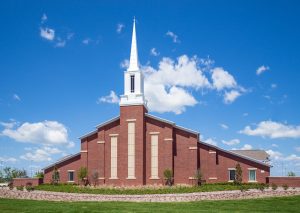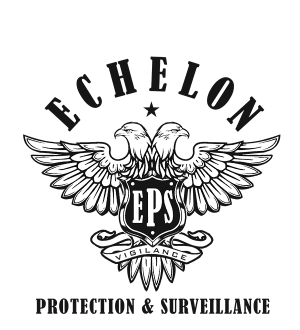By: Stuart J. Visnov, Chief Executive Officer, Echelon Protection & Surveillance
Word count: 555
 The tragic shooting at the First Baptist Church in Sutherland Springs, Texas, underscores an unfortunate truth of our current time: places of peace and worship are particularly vulnerable to random violence. Equally disturbing is that such events are as unpredictable as they are hard to deter by the very nature of these religious institutions. Whatever we may find out about the shooters background or motive, we cannot escape the fact that, like the Mandalay Bay Hotel incident in Las Vegas, nobody could have predicted that any specific incident would happen on a particular day and location. But does that mean that there is simply nothing that can be done? Are there any ways to prepare for, or possibly even prevent, such an incident?
The tragic shooting at the First Baptist Church in Sutherland Springs, Texas, underscores an unfortunate truth of our current time: places of peace and worship are particularly vulnerable to random violence. Equally disturbing is that such events are as unpredictable as they are hard to deter by the very nature of these religious institutions. Whatever we may find out about the shooters background or motive, we cannot escape the fact that, like the Mandalay Bay Hotel incident in Las Vegas, nobody could have predicted that any specific incident would happen on a particular day and location. But does that mean that there is simply nothing that can be done? Are there any ways to prepare for, or possibly even prevent, such an incident?
Sadly, houses of worship are quite familiar with violence. Dozens of Jewish community centers and synagogues have experienced bomb threats recently, mosques have been vandalized or attacked, and there have been 147 shootings at churches in the 10 years between 2006 and 20161. While, of course, this number is disconcerting to say the least, it does provide a statistical sample of reasonable enough size to learn something.
For example, according to Dallas Drake, a criminologist at Center for Homicide Research in Minneapolis, 48% of these attackers were affiliated with the church that they attacked. Furthermore, in 17% of these church shootings, the attacker felt unwelcome or had been rejected by the church. So that begs the question as to whether or not church officials and/or members might be able to recognize potential warning signs. Perhaps they could consider undergoing training to recognize behavior that may lead to violence, or possibly even create member run groups to reach out to troubled individuals. Maybe they can consider looking a little more closely, perhaps with the aid of social services or law enforcement, at church members who display troubling signs.
While church leaders are wary of creating an environment that does not facilitate feelings of peace and safety, they must consider the well-being of their congregation. Security guards, either armed or unarmed, may well be part of the solution. Many churches have already installed security cameras and some now lock their doors once the service has begun. Church leaders speak frankly to their congregations about staying aware, and some churches are engaging local police or security companies to provide comprehensive security assessments, workshops and classes on what to do in violent situations.
Since many churches have police offers and security professional among their congregation, some have created volunteer programs where these members offer to act as guards, either armed or unarmed, during services and church events. Others have taken the step of hiring security professionals to patrol the building and grounds before, during and after services and church events like holiday festivals, picnics and the like.
The bottom line is that religious facilities and gatherings are soft targets for an attacker bent on doing harm due to the concentration of people confined in one place, at a specific time, with their attention focused in one direction. No matter what approach religious facilities take to address security, all agree that doing nothing is not an option.
1Burke, Daniel, The Truth About Church Shootings, Nov10. 2017, CNN.com http://www.cnn.com/2017/11/06/us/church-shootings-truth/index.html


